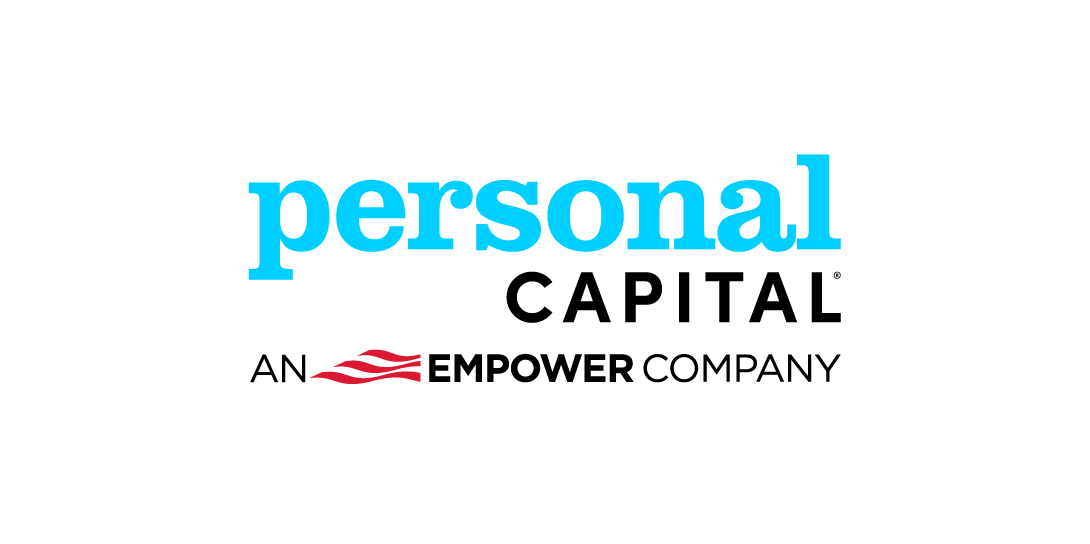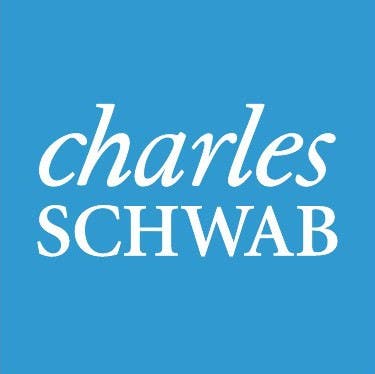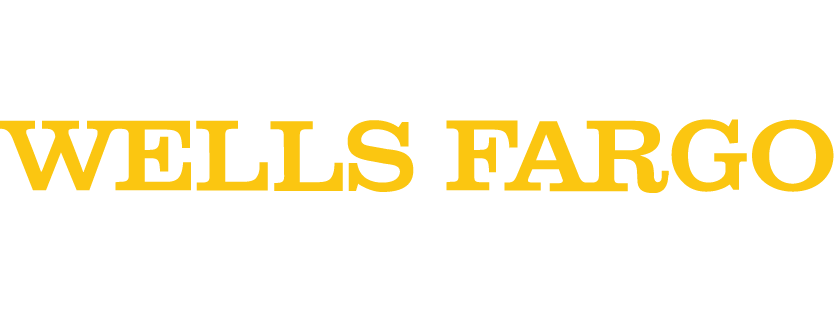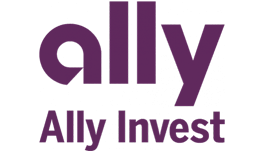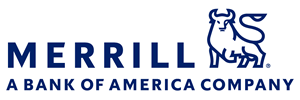J.P. Morgan Automated Investing review 2024
The Bankrate promise
At Bankrate we strive to help you make smarter financial decisions. While we adhere to strict , this post may contain references to products from our partners. Here's an explanation for .
*Note: J.P. Morgan announced in December 2023 that it plans to discontinue J.P. Morgan Automated Investing in the second quarter of 2024. It is no longer taking new clients and existing clients will be transitioned to its Self-Directed Investing offering.
J.P. Morgan Automated Investing: Best for
- Existing J.P. Morgan customers
- Retirement investors
- Beginning investors
J.P. Morgan Automated Investing offers a basic robo-advisor experience that might be particularly appealing to existing J.P. Morgan clients. You’ll get the main benefits of using a robo-advisor such as a professionally managed portfolio and automatic rebalancing. Your portfolio is built using a diverse mix of funds and the service is integrated with other J.P. Morgan products, so you can have your financial life in one place if you choose.
However, the annual management fee is above average and there are just a handful of account types to choose from. You also won’t get tax-loss harvesting, which has become a key feature of leading robo-advisors. If you’re looking for a more complete robo-advisor and don’t have ties to J.P. Morgan, you might consider Betterment or Wealthfront, both of which offer cash management accounts and tax-loss harvesting.
We want to know what you think about J.P. Morgan Automated Investing
Do you have experience with J.P. Morgan Automated Investing? Let us know your thoughts.
J.P. Morgan Automated Investing: In the details


Pros: Where J.P. Morgan Automated Investing stands out
Portfolio management
Like other robo-advisors, J.P. Morgan Automated Investing asks you a series of questions when you open an account. The service gauges your risk tolerance and goals – when you need the money, for what purpose and how much you can invest – then it crafts your portfolio based on those answers. You can do this even before you’ve officially opened the account, so you can see the portfolio types, the types of funds and the allocations.
The robo-advisor classifies its portfolios into four broad categories, with various hypothetical allocations:
- Conservative: 75 percent fixed income / 25 percent stock
- Moderate: 50 percent fixed income / 50 percent stock
- Growth: 25 percent fixed income / 75 percent stock
- Aggressive: 10 percent fixed income / 90 percent stock
After you’ve completed the questionnaire, the app will match you with a portfolio type (for example, a growth portfolio), and provide you with the preset allocations, down to the individual ETFs. If you don’t like that selection, you can usually pick an adjacent portfolio (say, moderate) and receive a different allocation. Or you can simply run through the questionnaire again with new answers to get a different allocation.
The portfolios are built using eight ETFs, which are then mixed and matched at different weightings.
If you’re selecting a retirement account – traditional and Roth IRAs are both available – you’ll also be able to use the robo-advisor’s “glide path strategy.” This strategy gradually moves your investments from an aggressive allocation (more stock, fewer bonds) to a conservative (less stock, more bonds) one as you approach your indicated retirement date.
Automatic rebalancing
Automatic rebalancing is something of a standard feature in robo-advisors today, but it’s still worth mentioning that J.P. Morgan’s service does provide it, given that it’s missing some other typical features.
Rebalancing helps your portfolio stay on track with its target allocations. As the various investments in your portfolio grow at different rates, they’ll move away from their targets. For example, stocks typically grow faster than bonds, so you’ll likely wind up with higher stock allocations over time. Rebalancing brings it all back into alignment with your long-term goals.
Integration with other J.P. Morgan Chase accounts
If you already have some or all of your financial life at Chase, this robo-advisor account may appeal more to you. You’ll be able to consolidate your investment accounts – including a J.P. Morgan Self-Directed account, if you have one – and banking accounts with one institution. You’ll be able to see it all on one dashboard, giving you a bird’s eye view of your financial life.
So if that “one-stop shop” appeal fits your needs – and you’re not too demanding of your robo-advisor – then J.P. Morgan’s offering may be what you’re looking for.
Mix of funds, but uneven costs
The mix of funds available at J.P. Morgan Automated Investing is on the lighter side, though it represents the most important asset classes. In other words, the robo-advisor can still build you a diversified portfolio even if it doesn’t use a huge number of funds to do so. About the only robo with a more limited selection of ETFs is Vanguard Digital Advisor, which runs with just four funds.
This limited selection may not be the worst thing in a financial industry that is often given over to needless complexity. Automated Investing does include eight funds covering the basics: U.S. stocks, REITs, emerging markets, developed markets and various bond funds.
The expense ratios on the funds are uneven, in part because the robo-advisor uses both actively managed and passively managed funds. For example, its U.S. stock fund charges a mere 0.02 percent, and it’s an index fund priced about the cheapest you can find anywhere. That equals a fee of about $2 a year for every $10,000 you have invested.
But its actively managed emerging-market fund charges 0.33 percent, while one active bond fund charges 0.4 percent, or fees of $33 and $40 for every $10,000 you have invested. These are not especially high in the fund world, but definitely on the higher side in the robo world.
It’s worth mentioning here that the robo-advisor will credit any fees you pay for its in-house ETFs to your management fee. For example, if you’re paying an average of 0.1 percent on J.P. Morgan ETFs, that amount will be credited as a payment of your management fee. The rebate helps offset the conflict of interest in recommending its funds when other lower-cost funds are potentially available in the market.
That said, the portfolios have a mix of funds, so even if you own a little bit of the pricier funds, you’ll have other lower-cost funds that will pull down your average fees. And as noted above, it may all be moot anyway, since fund fees are effectively rolled into the management fee.
Customer service
J.P. Morgan distinguishes itself from other robo-advisors by offering customer service representatives via phone six days a week. This might not seem exceptional, but in the increasingly digital world of financial services, it is often difficult to get a person on the phone to answer questions. You’ll be able to speak with a J.P. Morgan representative 13 hours a day Monday through Friday, and during regular business hours on Saturday.
Cons: Where J.P. Morgan Automated Investing could improve
Management fees
J.P. Morgan charges a 0.35 percent annual management fee for its robo-advisor accounts, a bit higher than the independent providers, which typically come in at 0.25 percent. Still, the fees are in line with or better than those offered through robos at other big banks, such as Wells Fargo Intuitive Investor (0.35 percent) or Merrill Guided Investing (0.45 percent). J.P. Morgan’s offering would cost you about $35 annually for every $10,000 you have invested.
But there’s also the question of value here – what are you getting for that money? Wealthfront and Betterment both offer tax-loss harvesting (more below) as part of their core offerings, while J.P. Morgan doesn’t. They also offer plenty of tools for you to track progress toward your goal. So while it doesn’t cost much more for J.P. Morgan Automated Investing, you’re not getting anything extra for it either.
With the robo-advisor offering what seems to be only in-house funds, the net result may be that you won’t pay anything beyond that management fee for your robo-advised portfolio. If that’s the case, then J.P. Morgan’s all-in cost – the management fees plus the costs of the ETFs – becomes competitive with those of top independent robos. Of course, that kind of conflict of interest might not sit well for some (more below).
No tax-loss harvesting
This robo-advisor doesn’t offer tax-loss harvesting or any typical tax-minimization features. Automated tax-loss harvesting saves you on taxes by taking write-offs at opportune moments, allowing you to claim a loss while still remaining invested in a similar kind of asset.
Tax-loss harvesting is a premium feature, and is typical for robo-advisors that score highest in Bankrate’s reviews, including Betterment, Wealthfront and Schwab Intelligent Portfolios.
Few account types and tools
If you need anything but the most common account types – individual and joint taxable accounts and traditional and Roth IRAs – you’ll need to turn elsewhere. It’s a modest selection, though it will capture the majority of clients, but those needing a special account type will be out of luck.
The same goes for those needing a robo-advisor that offers planning tools, graphics and other features that help them assess and chart their progress. The tools are basic here, and you can get an idea of the likelihood of reaching various returns, given your investing plan. But don’t expect much more. In this regard, it’s similar to other robo-advisors rolled out by big financial players.
Conflicts of interest
Like a few other robo-advisors such as SoFi Automated Investing and Schwab Intelligent Advisors, J.P. Morgan Automated Investing puts clients in its in-house funds. That’s a clear conflict of interest and could result in higher fees being paid than they otherwise would. But as noted before, any fees on its proprietary funds are credited toward your management fee.
The thing is, the funds that are used at the robo are exclusively in-house. That doesn’t reduce the conflict of interest, of course, but it does reduce the all-in cost of the service. But the real question is: Would it reduce the cost of the service below what you would otherwise pay? That’s an open question, in part due to at least a couple of pricier funds being offered (as discussed above).
And since the robo-advisor places you in its own funds, it may be able to do so later with funds at a higher price point, even if you do get a credit for the fees.
Review methodology
Thank you for sharing your experience with Bankrate









